Next to the Minolta HiMatic 7s which got me first into photography, the Nikon F80 is the one that brought me back into the wonderful world of film and introduced me to the magic of Nikon AF lenses and Nikkor glass in general. I received this camera as a gift and immediately found myself very much attached to the system. You might say that the F80 is the camera that caused me to invest in the Nikon SLR system and switch from Minolta. From the F80 I got the D70s, D300 and my current main SLR the Nikon F5. And while many of the lenses I had with that camera are gone, I still have one lens that I bought because of the camera. Sadly the F80 is long departed, I figured it was high time I revisited the camera system for a single review.
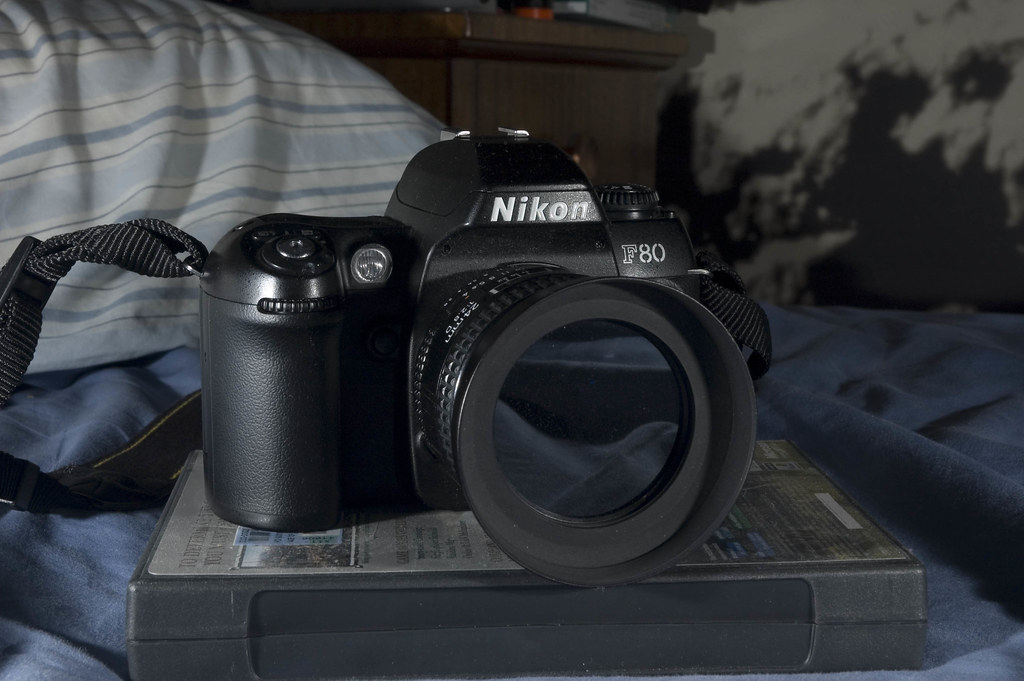
Camera Specifications
Make: Nikon
Model: F80 aka N80
Type: Single Lens Reflex
Format: 135 (35mm), 36x24mm
Lens: Interchangeable, Nikon F-Mount
Year of Manufacture: 2000-6
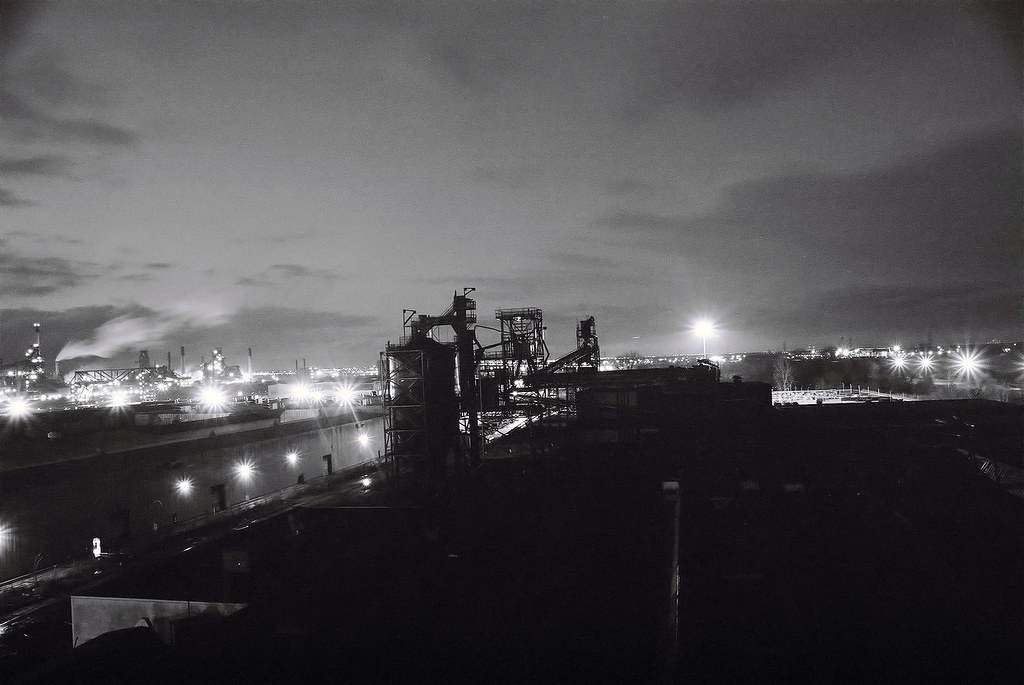
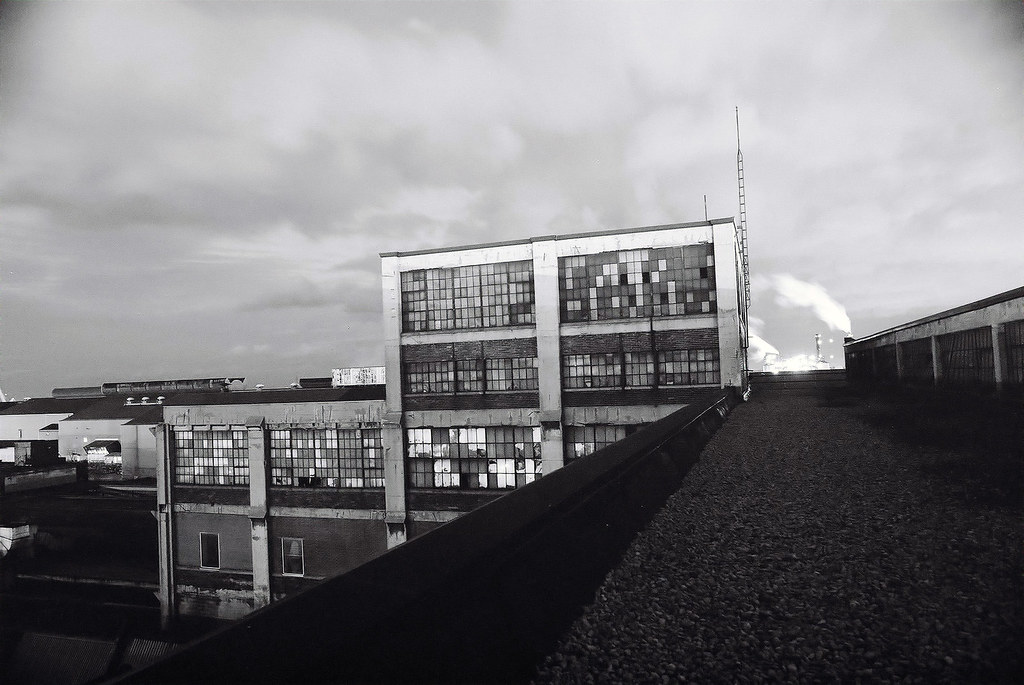
Background
Based on the consumer F70, the F80 replaced this model in 2000. Based around the F100 the ‘cousin’ to the F5. Where the F100 had a far more resilient construction, the F80 was aimed at the more consumer market. But still built to the same exacting standards as all consumer Nikons were. A mark that dates back to the original Nikkormat in 1965. The F80 lacked the same weather sealing as the F100, but it did have a mechanical cable release a throwback of sorts. And probably related to the production of the FM3a. Oddly enough there were several variants of the F80. The F80D would imprint the date while the F80S would print exposure data between the frames. In 2005 there were rumours of a replacement to the F80 (I wonder what it would have been called since there had already been an F90) and F6, but those ended. As in 2006 production of the F80 was cancelled along with the FM3a with no replacement. Only the F6 and the Cosina made FE10 and FM10 remaining in production.


Impressions
As a camera, the F80 doesn’t look like anything special; it is a late 1990s SLR. Like many cameras before it, the F80 is a no-nonsense camera that offers little in the way of bells and whistles. Yet that is also a drawing point for the camera. The F80 offers up a standard PSAM dial that is the only way to change modes and makes life simple A pair of command dials offers and easy way to run the camera in manual and semi-automatic modes. Without needing to play with any sort of controls and makes it easy to operate the few menus the camera has. One interesting piece is how the shutter release button has swapped out a multi-pin connecter for a shutter release for a standard mechanical one, something, not even the older F90 had. But what truly helps the F80 become an even better camera overall is the addition of the MB-16 grip, which allows not only that little extra balance but also the use of AA batteries a far more inexpensive power source than the CR123A that are used in just the body alone.

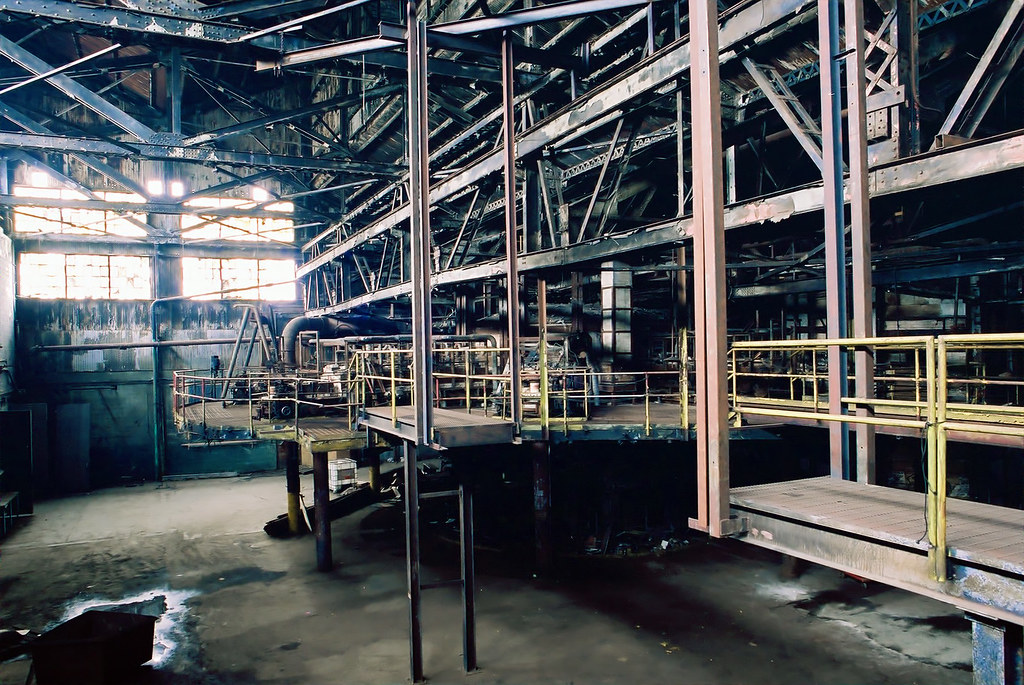
Experiences
It has been several years since I used the F80, but I can honestly say, I enjoyed working with the camera. The F80 is the perfect bridging camera between my days working in manual focus Minolta cameras into modern Autofocus Nikon cameras. The F80 was the wise choice as Minolta sold off its camera division to Sony and those early Alpha digital SLRs were garbage. Besides, I would have needed to get a whole new set of lenses anyways. In hand the F80 can be a bit awkward, the addition of the grip (which doesn’t add a second release btw) certainly helped with the balance and general feel of the camera. The Matrix Metering is something that I never appreciated then but certainly appreciate now, and the meter of the F80 is certainly up to snuff for the cameras of the day. I do include the F80 in that list. The one thing I did like having is the mechanical release which certainly helped when I took the camera exploring and needed the stand-off release for long exposure shots. It also helped get me in bed with the F5 which came much later.
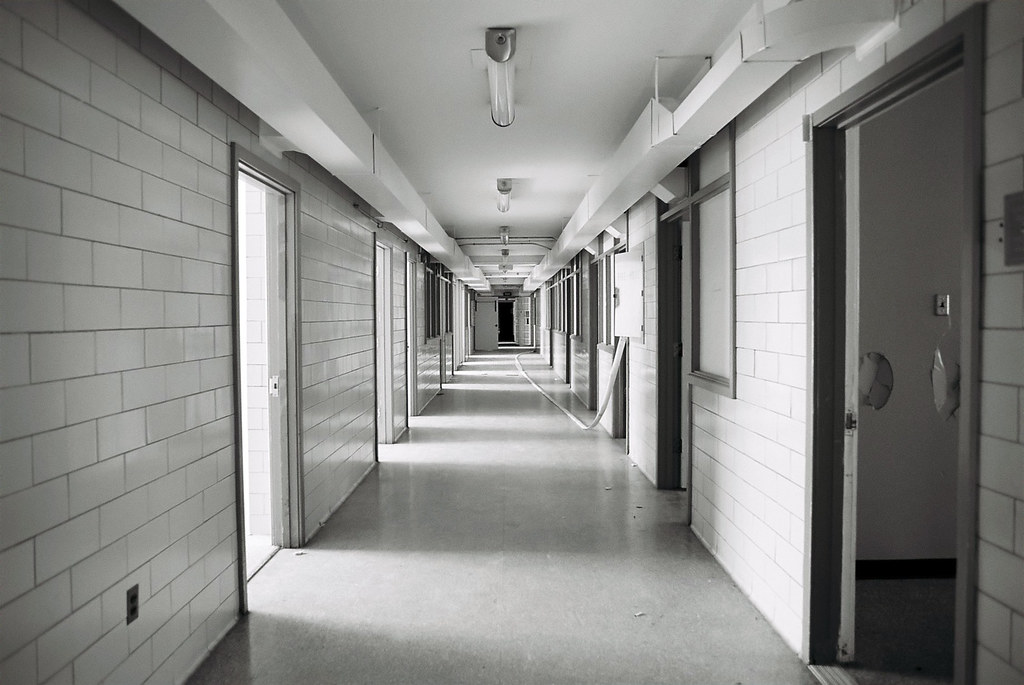
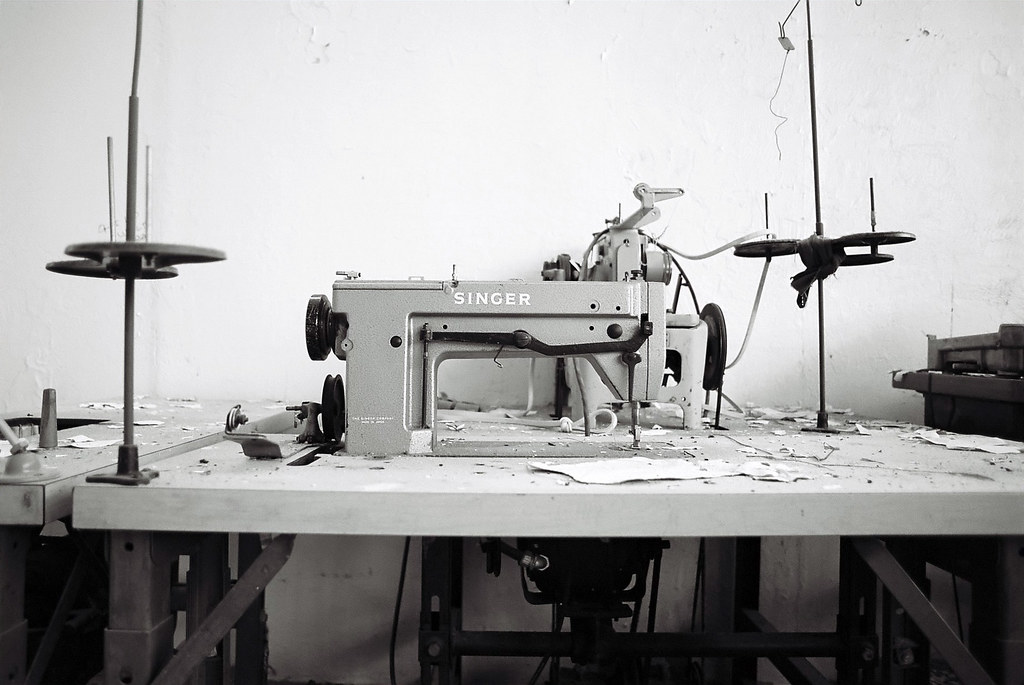
Optics
The F80 is specifically designed for use with Autofocus lenses from Nikon. And while you can mount manual focus lenses on the camera thanks to the F-Mount, these lenses will not autofocus (duh), but they also won’t meter, even in manual mode, so they’re not worth the time. That said, any other lens, both Type-D and Type-G lenses will mount, meter, and focus with ease. Just remember to lock down that aperture ring on the Type-D lenses. Other than that you don’t need to worry, most of my initial lenses for the F80 were D-Type, with the 50/1.8D being the one I used the most until I picked up the 35/2D. But I also used several AF-S and G-Type lenses, including the ‘kit’ 28-80mm unit. And if you know Nikkor optics, they’re no slouch. One good option for the F80 if you’re going to get just one lens is the 28-105mm. Just don’t bother with DX lenses as they are designed for a crop sensor, although they will mount, focus, and meter.


Lowdown
There’s nothing wrong with the F80 if you want a modern, no-nonsense camera that will run almost all Nikon lenses out there. And while I don’t regret selling mine off, the equipment I was able to get for my D300 certainly helped. If you’re looking for something basic that will get the job done and can only find broken F100s on the used market. I suggest the F80 as an excellent second choice. You can get one in good condition for between 120-150 dollars Canadian on the used market. And the best part is that it will work perfectly with any autofocus Nikon lens.


Further Reading
Don’t just take my word on the Nikon F80 (N80), you can check out the reviews by other awesome camera reviewers!
Mike Eckman Dot Com – Nikon N80 Review
35mmc – 5 Frames with the Nikon F80
Ken Rockwell – Nikon F80/N80 Test Review
Nikonians – The Nikon F80/N80 Review
Lomography – Nikon F80: An Awesome Camera with Unlimited Possiblities
FilmBodies.com – Nikon N80 Review
Just ordered an N80 from KEH. Already have the 28–105 and a f/1.8. Sold an N60 and N75 to help to defray cost slightly (very slightly).
Great review and pix.
Thanks!
// Brent